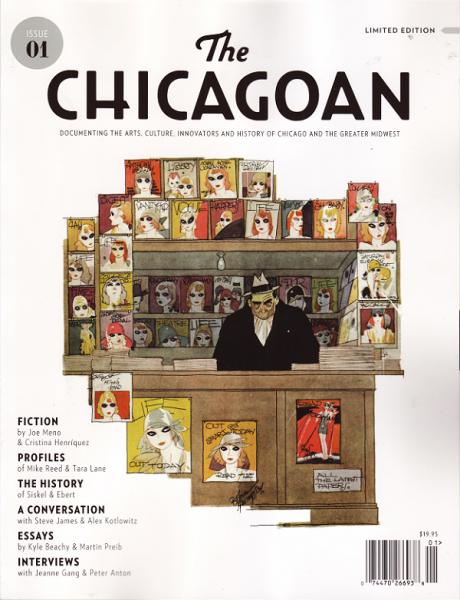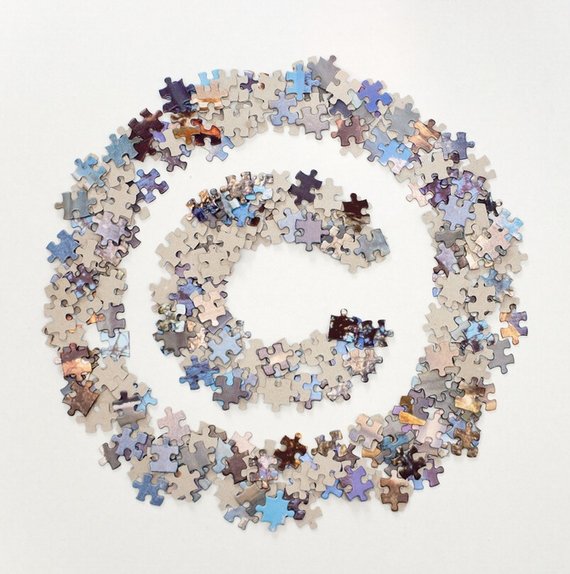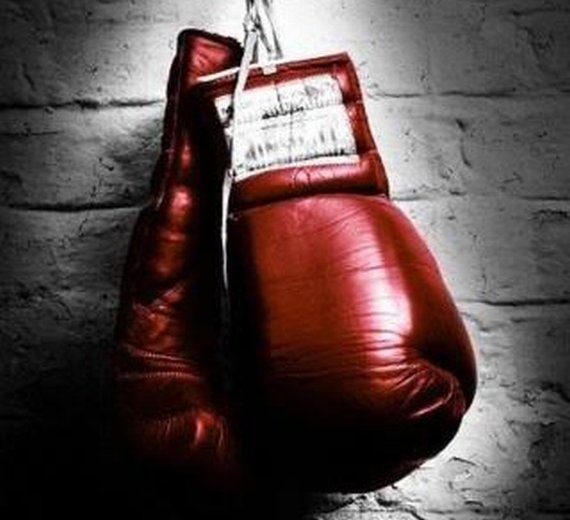Back in 2003, I decided to start reading the fiction in The New Yorker consistently. Up until that point, I’d read the weekly fiction offering only if it happened to be something by a writer I particularly liked.
Part of my motivation had to do with my own ambitions as a fiction writer; another part had to do with my high school teaching job, which included a course in Reading and Writing Fiction. I thought maybe, by studying closely what the magazine was publishing, I’d get a better sense of just why my own stories were getting unceremoniously rejected everywhere I sent them (with the minor exception of a brief but kind note scribbled at the bottom of a form rejection from McSweeney’s.) If not, at least I’d maybe come away with some good stories to teach in class.
In the first few months of the project, I encountered some great pieces of fiction: Tobias Wolff’s “Class Picture” (an excerpt from his novel Old School), Maile Meloy’s “Red From Green,” and Lara Vapnyar’s “Love Lessons, Mondays, 8 a.m.” And I found that, having preemptively committed myself to reading each story, I sat down with a helpful patience, an openness to the experience and to the writer’s art.
 The summer of that first year, I went back to an old issue I’d kept tucked away on a shelf—the one dated June 21 & 28, 1999. This issue was designed by rock-star book designer Chip Kidd. (Incidentally, it’s the only issue in the magazine’s history whose pages have artwork that bleeds to the edges.) The cover features an illustration of Chris Ware’s character Jimmy Corrigan on a beach, looking out at the sea. Scrolled down the page are twenty first sentences—from stories written by the twenty authors chosen to represent what editor Bill Buford, in his introductory comment, called “the twenty best young fiction writers in America today… the obvious names and the not-so-obvious, those who are only just now crossing a threshold of literary recognition and those who have been at home in it for some time.”
The summer of that first year, I went back to an old issue I’d kept tucked away on a shelf—the one dated June 21 & 28, 1999. This issue was designed by rock-star book designer Chip Kidd. (Incidentally, it’s the only issue in the magazine’s history whose pages have artwork that bleeds to the edges.) The cover features an illustration of Chris Ware’s character Jimmy Corrigan on a beach, looking out at the sea. Scrolled down the page are twenty first sentences—from stories written by the twenty authors chosen to represent what editor Bill Buford, in his introductory comment, called “the twenty best young fiction writers in America today… the obvious names and the not-so-obvious, those who are only just now crossing a threshold of literary recognition and those who have been at home in it for some time.”
I’d dipped into this issue when it first came out. I had liked the Sherman Alexie piece and the David Foster Wallace one, but set the magazine aside after being unmoved by a couple of the others. Now, though, I dug back in and found more to like—a tense and mysterious story by Chang-Rae Lee, a wicked little one by Antonya Nelson, and soberly masterful stories by Edwidge Danticat and Jhumpa Lahiri. I found that the issue included an excerpt from Tony Earley’s gentle, pitch-perfect Jim the Boy, a novel which I’d read and loved.
Over the next seven years, I continued to read the New Yorker fiction fairly regularly. Some years I read more or less everything, while other years I took in only about half of the stories. I began to catalog my reactions in a spreadsheet. I fell in love with Alice Munro and George Saunders. I made up enough bonus-reading quizzes on stories I liked that I was able to offer one per day to my Reading and Writing Fiction students. I sat down and formulated my own criteria for evaluating fiction. I branched out into other sources of fiction, subscribing to smaller magazines like Epoch, The Gettysburg Review, and the Virginia Quarterly Review.
I came to recognize, though, that reading magazine fiction is a crapshoot. I think that’s why many New Yorker readers rarely read this part of the magazine. When you read a piece of nonfiction, you know what you’re getting into, and you know you’ll come away from the experience with something tangible—some information or perspective on the world. And you can stop midway through and still have something to take with you. Fiction doesn’t work that way, at least for me. It’s like sex—uncomfortable if abandoned midway through. The rewards of fiction—the ecstatic transport when you’re pulled into the world of a story, given a new window into human experience—can be greater than those of nonfiction, but you can also finish a story angry that the writer has just wasted 45 minutes of your life that you’ll never get back.
Given the risks involved in reading a piece of fiction, it helps to have someone whose taste you trust to limit the pool. Larry Dark became that type of guide for me in the O. Henry Prize collections from 1997 to 2002, which include dozens of stories that blew me away. The New Yorker fiction editors serve the same purpose. Though I don’t dispute that stories are published in smaller magazines that I would like better than a healthy percentage of the stories published in The New Yorker, I simply don’t have time to read all those little magazines. The New Yorker’s batting average is high enough—and it publishes enough heavy-hitters—that it’s as good a section as any to stand in if you hope to catch a home run.
As the literary critic Barbara Herrnstein Smith has argued, there’s an unavoidable contingency to literary valuation—an arbitrariness on both a personal and a society-wide level. Yet we naturally make such judgments. We have to do so, simply to avoid being drowned by the deluge of written material that swamps us. Our literary judgments also help us define ourselves and our culture. Who am I? What do I like, and why? What vision of the world do I share? And who are we? What do we value? What stories do we want to hear about ourselves, what will our culture admit into its awareness?
So that’s the context in which I’m approaching this week’s New Yorker, in which the fiction editors offer, eleven years later, a new group of 20 writers, all under 40 years of age, as the future of fiction in America. It’s an effort to shape a literary culture. And it’s an effort by people whose taste I generally trust.
Overall, though, the new list doesn’t immediately excite me, I must say. ZZ Packer and Wells Tower have written debut collections of stories that I greatly admire, and several of the others have written stories that I thought were good. But, to return to the sexual metaphor of reading fiction, with some of the other writers on the list I’ve had one-night stands and never hooked up again. Others, sad to say, have fallen victim to episodes of literary coitus interruptus.
The fact is, this past year I’ve gotten a bit impatient with New Yorker fiction. Busy with other reading projects, I’ve slipped back into my old habits—reading only stories whose authors particularly grabbed my interest.
But—and this is another danger of magazine fiction—it’s all too easy to misjudge a writer harshly simply on the basis of one story. Like the 1999 issue, this one, I hope, will redirect my attention to worthy writers whom I may have unfairly written off.
Despite the periodic disappointments of reading fiction in magazines, there’s a unique magic to the experience. There’s the gift of a new story by one of your favorite writers. There’s the joy of beginning a story by a writer you’ve never read and suddenly realizing that you’re encountering something great. It’s like being struck by lightning, set suddenly afire with pleasure. No other reading experience can turn a chance hour into sheer delight in quite this way.
Say what you will, The New Yorker is one of our culture’s most stalwart curators of this type of literary experience. For that reason, its editors’ vision of the future of fiction is worth considering. It’s my hope that, like the 1999 issue, the 2010 version will include some surprising treats that open up new readerly enthusiasms for me.
Bonus Link: A Speculative 20 Under 40, from 40 Years Ago








